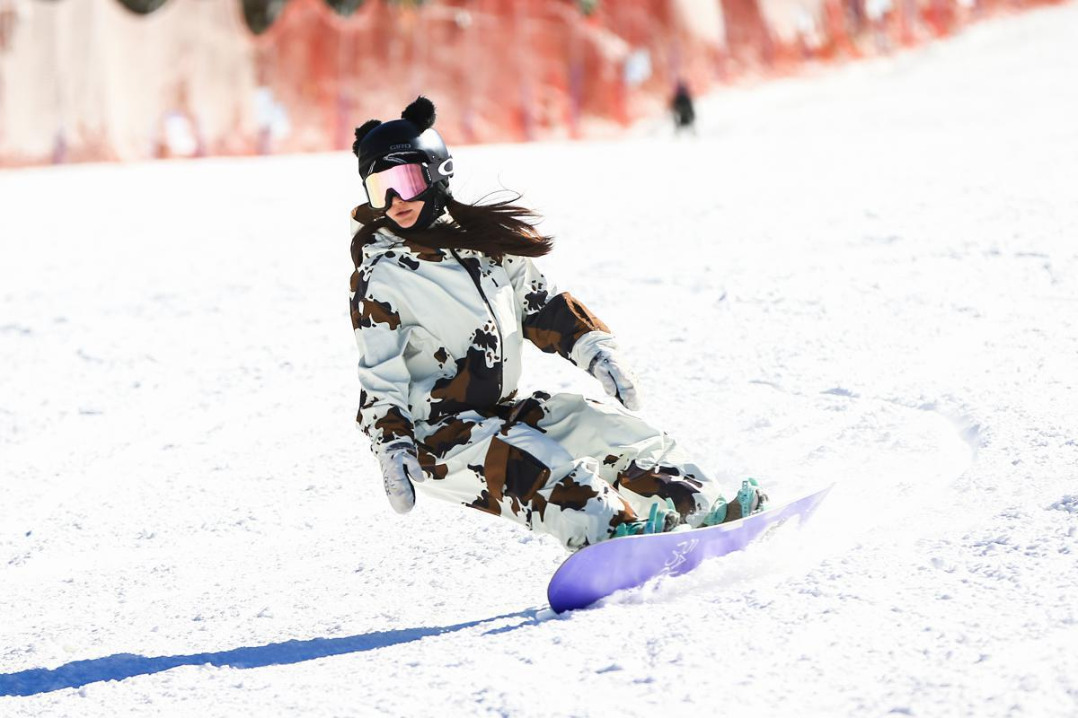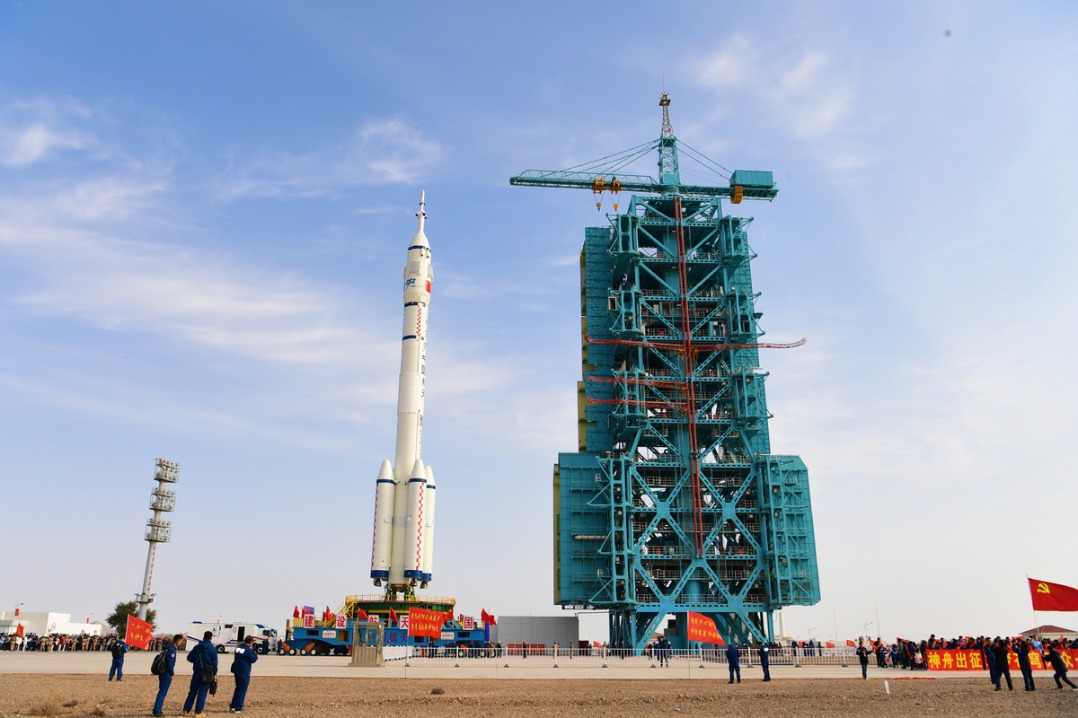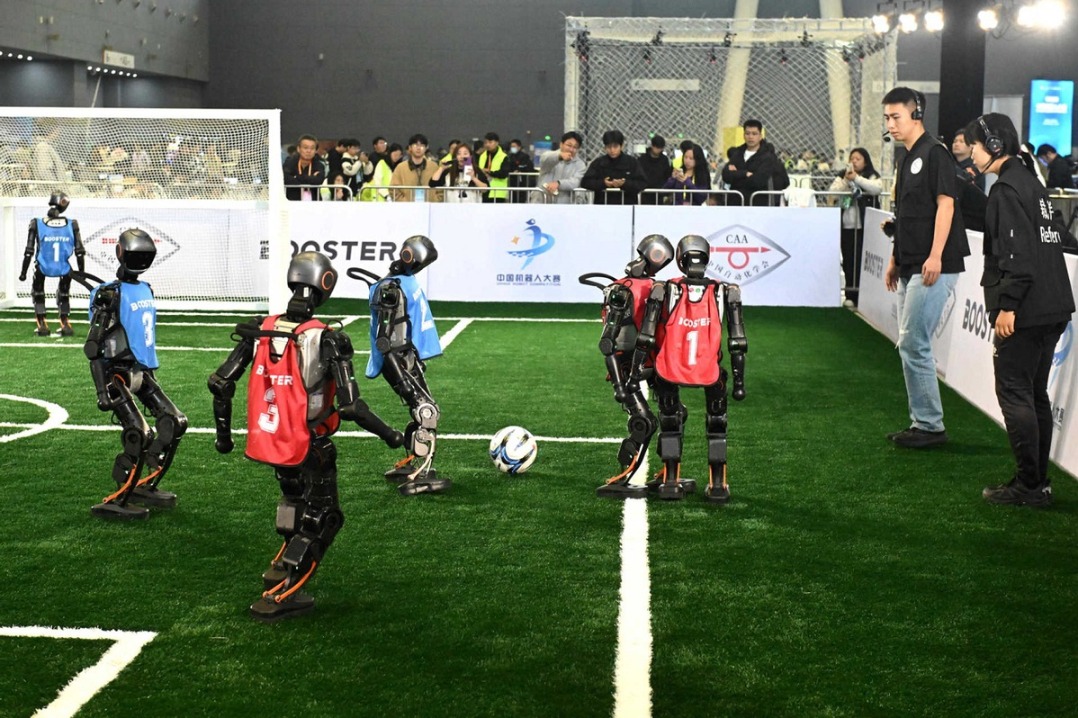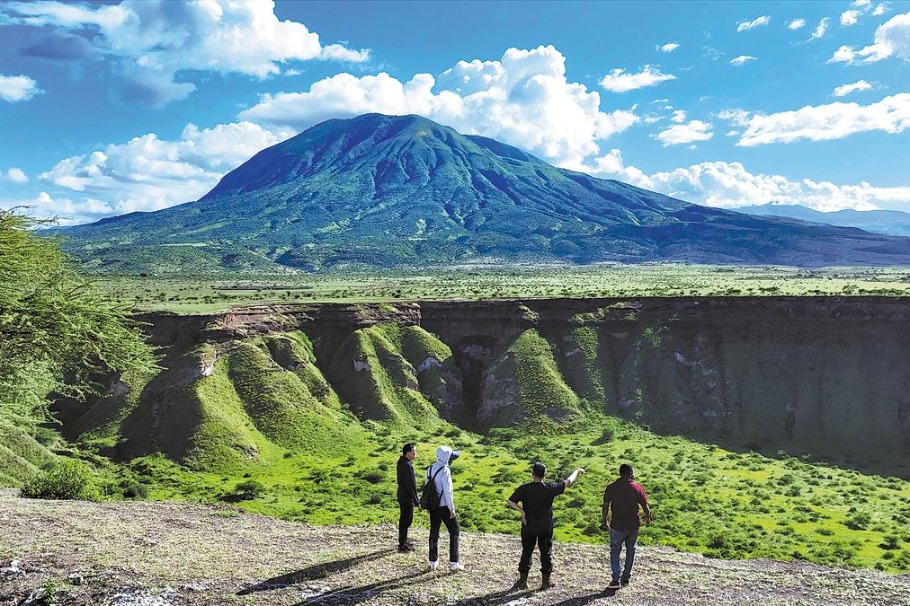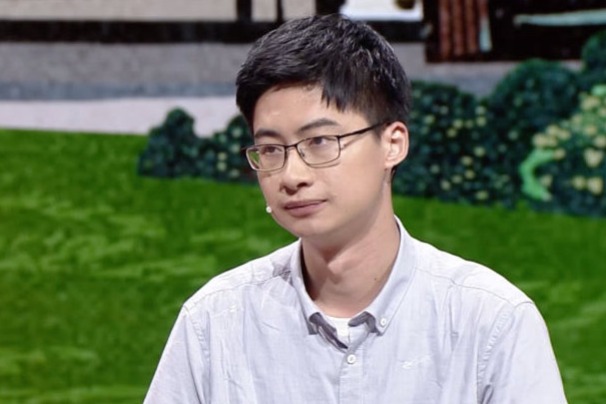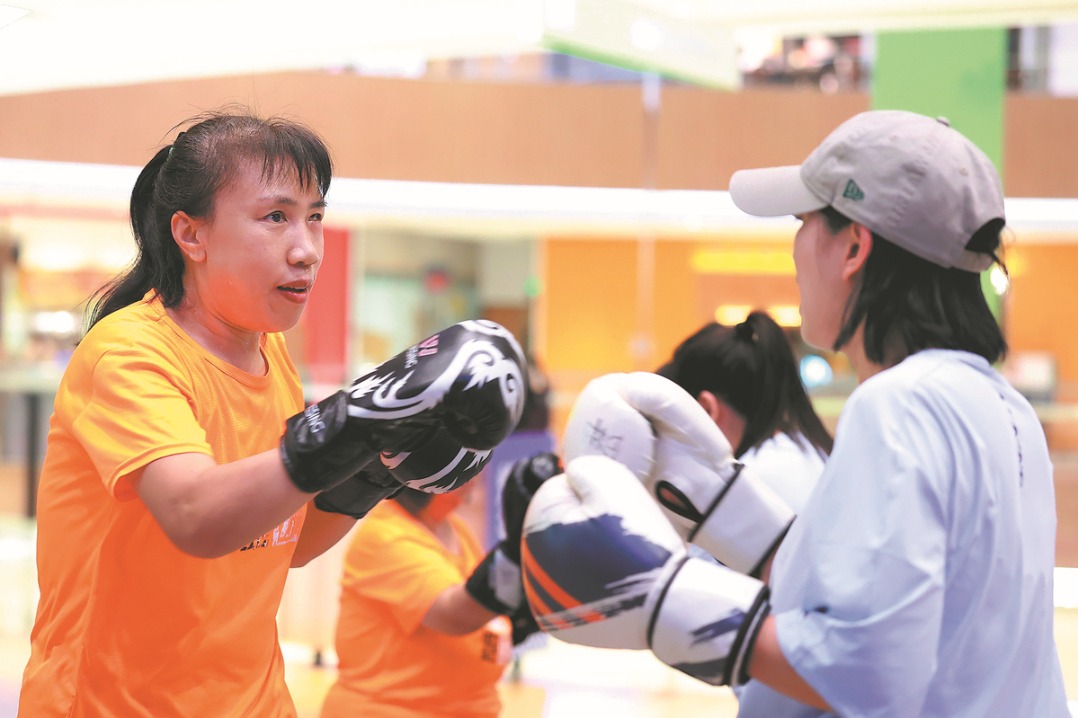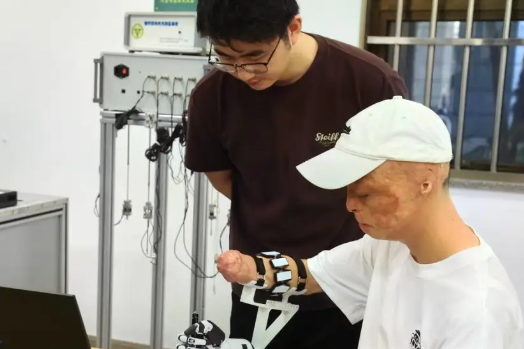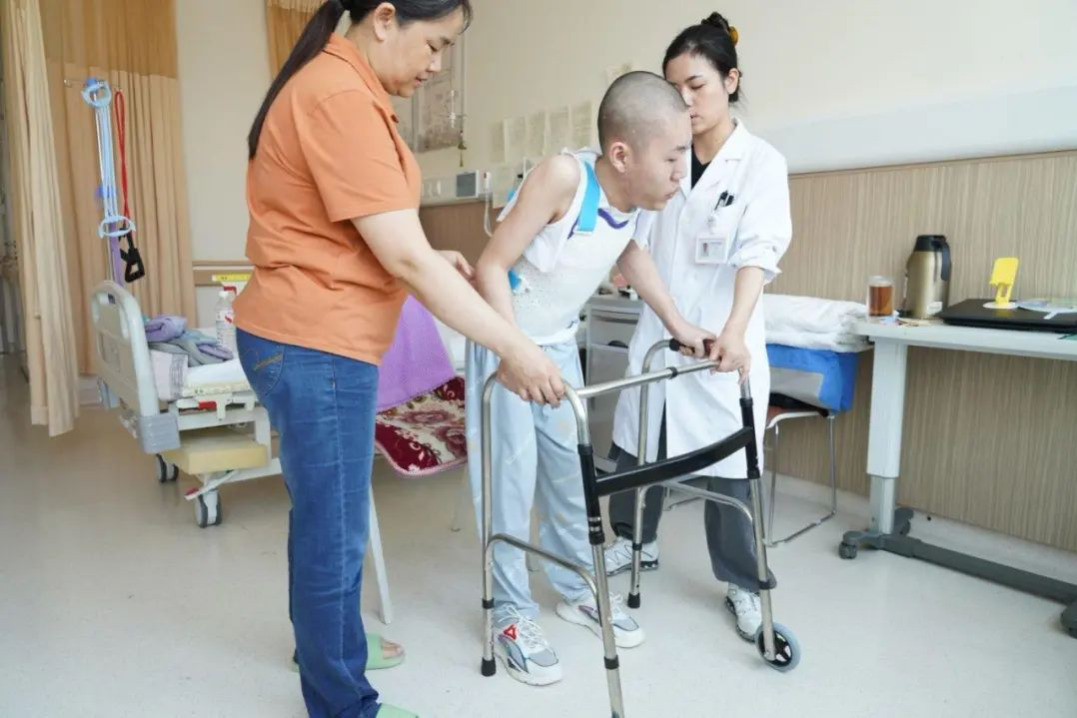Chinese hospital achieves breakthrough in quadriplegia treatment

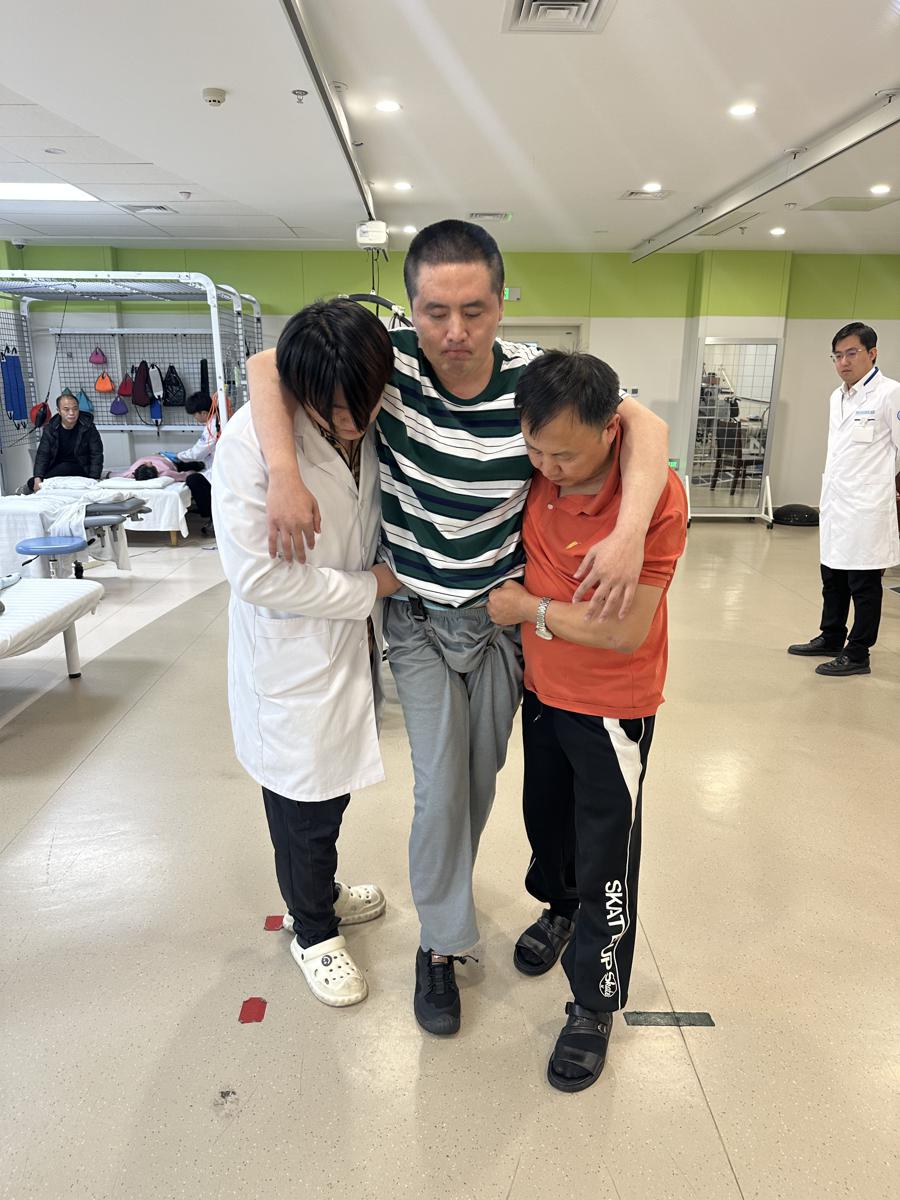
At the Rehabilitation Medicine Center of the Second Norman Bethune Hospital at Jilin University in Changchun, Jilin province, Liu Boqi is relearning how to walk.
In December 2024, the 35-year-old traffic officer was involved in a car accident while on duty. After being taken to the hospital, doctors diagnosed him with severe lung damage, fluid in his chest, and a fracture and dislocation of the third cervical vertebra. Surgery saved him from life-threatening danger, but he was never meant to walk again.
Professor Wu Minfei, a specialist in spinal surgery at the hospital, led the emergency operation that saved Liu's life. However, even after the procedure, Liu's limbs showed no signs of movement, leaving his family despairing. Looking for options, Wu told them about an experimental spinal cord interface technology being developed at the hospital.
The technology involves an implanted device that reconnects damaged nerve pathways and provides precise electrical stimulation to help re-establish communication between the brain and the body. In January, Wu's team implanted the device at the site of Liu's injury and began a personalized rehabilitation program.
Within six hours of the operation, Liu's fingers and toes began to twitch. Over the following weeks, his muscle strength gradually improved, and sensation returned as far as his knees. After three months of training, he could lift his legs while sitting in a wheelchair.
To help him stand again, Wu's team paired the interface therapy with an exoskeleton robot designed to assist movement. Slowly, Liu took his first steps since the accident. As his rehabilitation continued, his muscle tone and coordination improved to the point where he could walk independently with a walker.
The case marks a breakthrough in the use of spinal cord interface technology for high-level quadriplegia. Wu said the hospital has since applied the method to several patients with encouraging results.
"I believe more paralyzed patients will have a chance of standing up and walking again in the future," Wu said.














